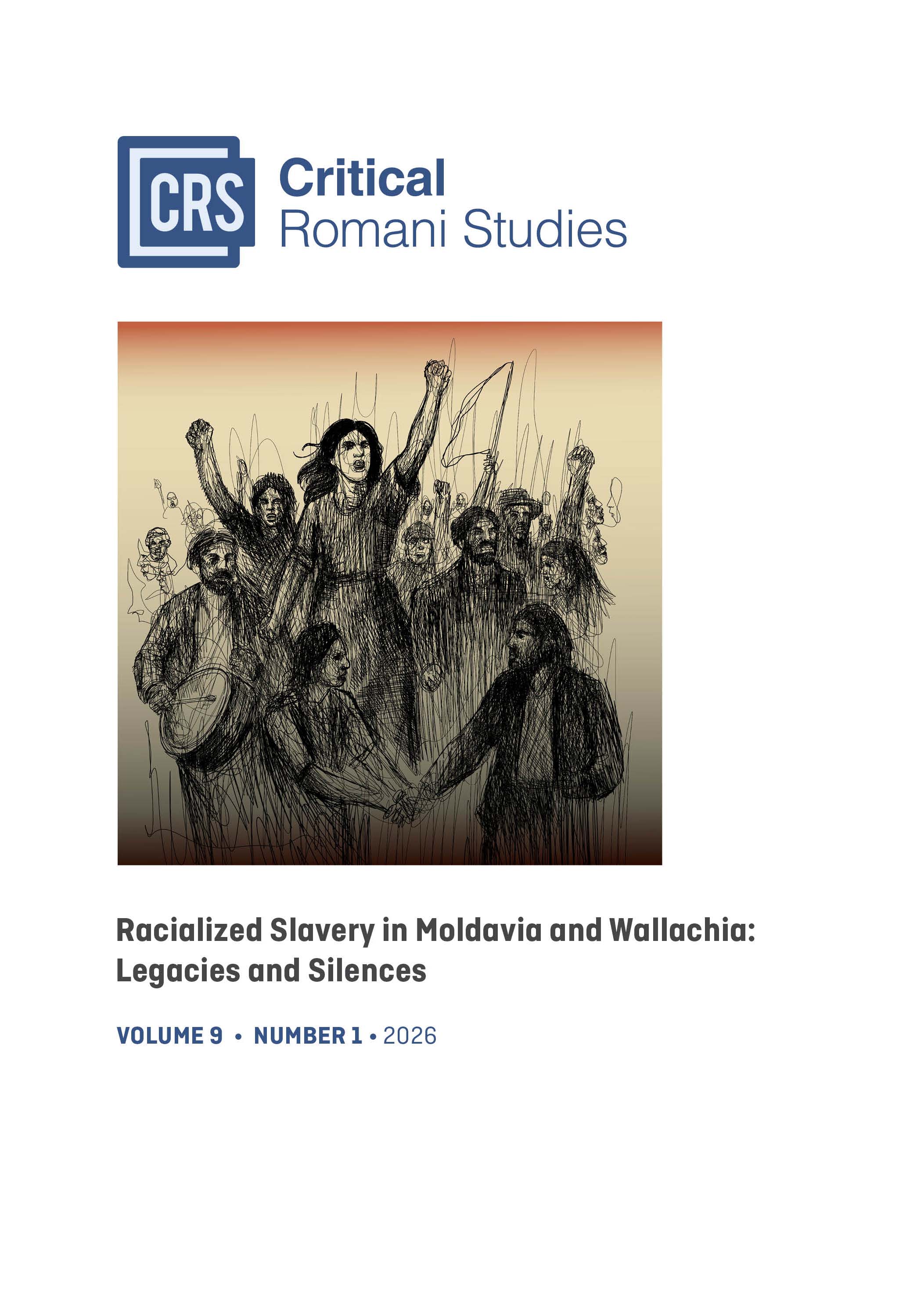Knowledge Hegemony: Silencing Sexual Violence during Romani Slavery
Main Article Content
Article Sidebar
Published
Nov 25, 2025
Maria Georgiana Dumitru
Abstract
Romani women were primary targets of the institution of chattel slavery within the Principalities of Moldavia and Wallachia (territories that are mostly part of present-day Romania). However, past and present research has ignored or distorted the distinct experiences of Romani women and the gendered harms they suffered. This article examines historical sources to document systematic forms of sexual violence that Romani women faced during enslavement. Additionally, it employs critical feminist and anti-racist frameworks to study four influential academic texts from the nineteenth and twentieth centuries (Kogălniceanu 1837; Sion 1915; Potra 1939; Achim 1998) that focused on the institution of slavery and how they approached this topic. Specifically, the article zooms in on how such texts have contributed to silencing and distorting the history of sexual violence and exploitation, while depicting enslaved women as hypersexual objects. The following article contains descriptions of sexual exploitation, sexual violence, and rape perpetrated against Romani women during slavery in Moldavia and Wallachia. These passages may be distressing. Reader discretion is strongly advised.
How to Cite
Dumitru, M. G. (2025). Knowledge Hegemony: Silencing Sexual Violence during Romani Slavery. Critical Romani Studies, 9(1), 30–44. https://doi.org/10.29098/crs.v9i1.224
Article Details
Keywords
Moldavia, Roma, Sexual exploitation, Sexual violence, Silence, Slavery, Wallachia, Women
Section
Articles

This work is licensed under a Creative Commons Attribution-NonCommercial 4.0 International License.
Authors who publish with this journal agree to the following terms:
- Authors retain copyright and grant the journal right of first publication. The work is licensed under a Creative Commons Attribution-NonCommercial License that allows others to share the work with an acknowledgement of the work's authorship and initial publication in this journal.
- Authors are able to enter into separate, additional contractual arrangements for the non-exclusive distribution of the journal's published version of the work (e.g., post it to an institutional repository or publish it in a book), with an acknowledgement of its initial publication in this journal.

